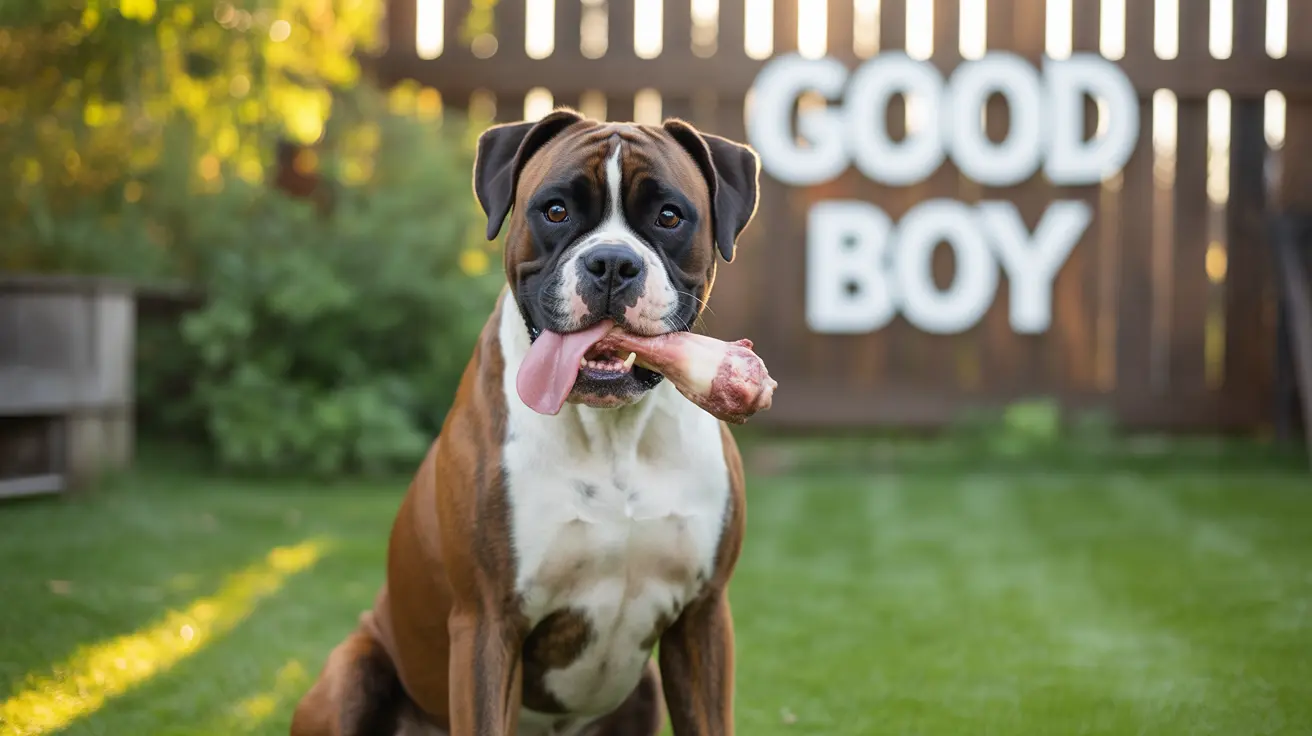Introduction
Many pet owners wonder "can a dog eat a turkey neck?" as they explore natural treats and dietary supplements for their canine companions. Turkey necks can indeed be a nutritious addition to your dog's diet when offered properly, providing benefits like dental health support and joint-supporting nutrients. However, there are important safety considerations and preparation methods to understand before introducing this treat to your pet.
Let's explore everything you need to know about feeding turkey necks to dogs, including safety guidelines, nutritional benefits, and potential risks to help you make an informed decision for your furry friend.
Understanding Turkey Neck Safety Basics
The safety of turkey necks largely depends on how they're prepared and your dog's individual characteristics. Raw or dehydrated turkey necks are generally considered safer than cooked ones, as cooking can make bones brittle and prone to splintering. However, even raw turkey necks require careful consideration and supervision.
Size matters significantly - the turkey neck should be appropriately sized for your dog's breed and chewing style. Larger dogs can typically handle whole turkey necks, while smaller breeds may need them cut into manageable pieces.
Nutritional Benefits of Turkey Necks
Turkey necks offer impressive nutritional value for dogs. They're rich in protein, essential minerals like calcium and phosphorus, and natural glucosamine and chondroitin - compounds that support joint health. The act of chewing on turkey necks can also help maintain dental health by reducing plaque and tartar buildup.
Additionally, turkey necks provide mental stimulation and satisfaction through natural chewing behavior, which can help reduce stress and boredom in dogs.
Potential Risks and Precautions
While nutritious, turkey necks come with several risks that owners should carefully consider:
- Choking hazards, especially for dogs who gulp their food
- Potential intestinal blockages from swallowed bone fragments
- Bacterial contamination risks with raw turkey necks
- Dental damage if bones are too hard or frozen
- Possible constipation from excessive bone consumption
Safe Feeding Guidelines
To safely incorporate turkey necks into your dog's diet:
- Always supervise your dog while they're eating turkey necks
- Start with small portions to test tolerance
- Feed raw or dehydrated necks rather than cooked ones
- Ensure the turkey neck size matches your dog's size
- Limit frequency to 1-2 times per week for most dogs
- Store and handle raw turkey necks properly to prevent bacterial growth
Frequently Asked Questions
Can dogs safely eat turkey necks raw, cooked, or dehydrated, and which is best?
Raw or dehydrated turkey necks are generally safer than cooked ones. Cooking makes bones brittle and more likely to splinter, potentially causing internal injuries. Raw and dehydrated options maintain their natural flexibility and are less likely to fragment dangerously.
What are the main choking and digestive risks when feeding turkey necks to dogs?
The primary risks include choking on large pieces, intestinal blockages from swallowed bone fragments, and potential constipation from excessive bone consumption. Dogs who gulp their food without proper chewing are at higher risk for these complications.
How often and in what portion size should turkey necks be given to medium-sized dogs?
Medium-sized dogs can typically handle one turkey neck 1-2 times per week. The exact portion size should be proportional to your dog's size and weight, and should not exceed 10% of their daily caloric intake.
What precautions should I take when introducing turkey necks to my dog's diet?
Start slowly with small portions, supervise all chewing sessions, ensure proper storage and handling of raw products, and monitor your dog for any digestive issues or unusual behavior. Consult with your veterinarian before adding turkey necks to your dog's diet.
Are turkey necks suitable for all dogs, including puppies and small breeds?
Turkey necks aren't suitable for all dogs. Small breeds may need them cut into smaller pieces or ground up. Puppies should wait until their adult teeth are fully developed. Dogs with certain health conditions, aggressive chewers, or those who gulp their food may need to avoid turkey necks entirely.
Conclusion
While turkey necks can be a healthy, natural treat for many dogs, success lies in proper preparation, supervision, and understanding your individual dog's needs and eating habits. Always consult with your veterinarian before introducing turkey necks, and monitor your dog closely when feeding any new treat or food item.






